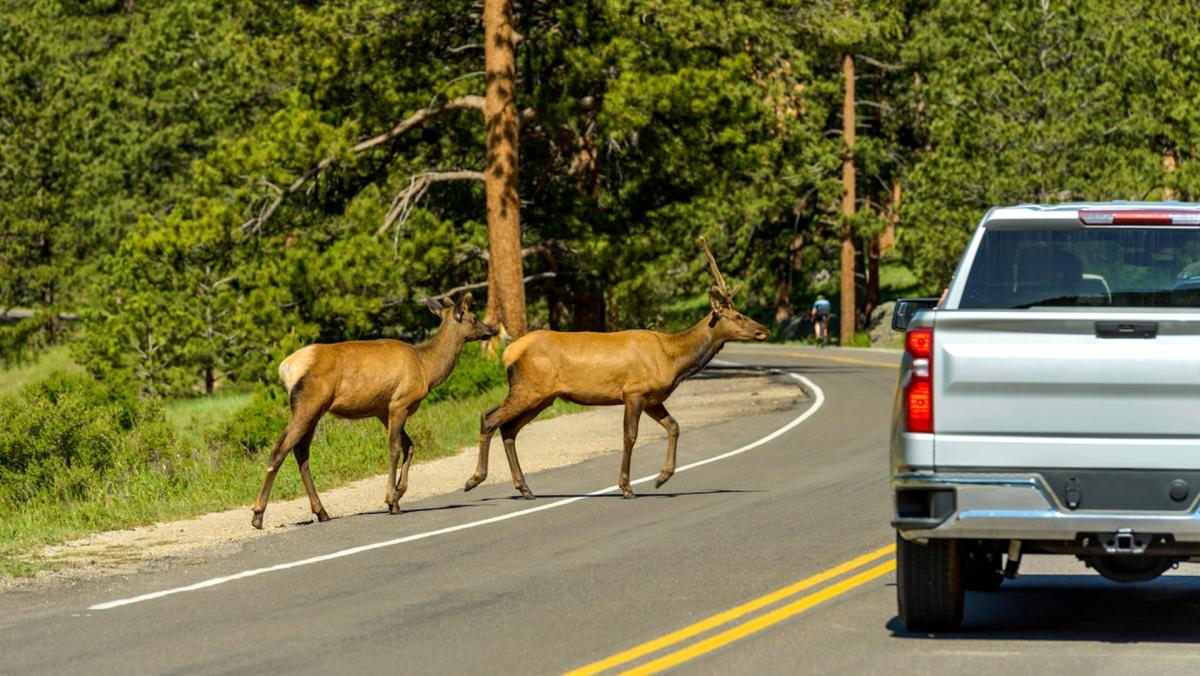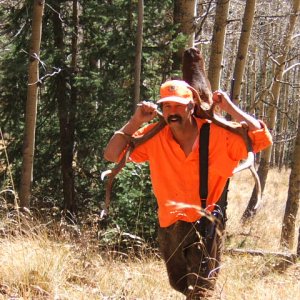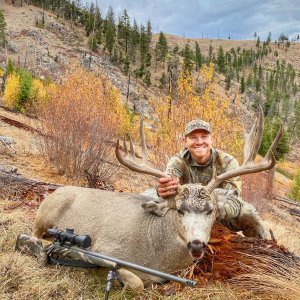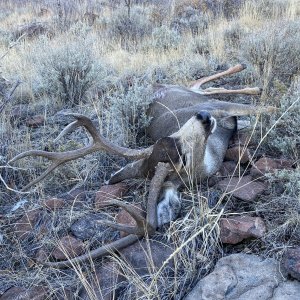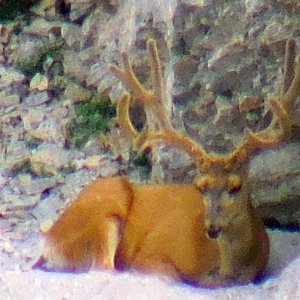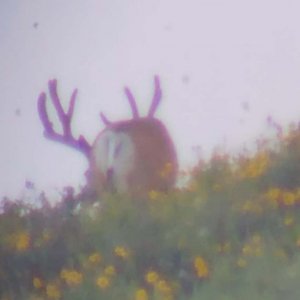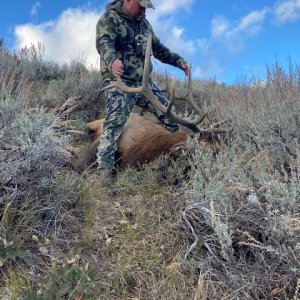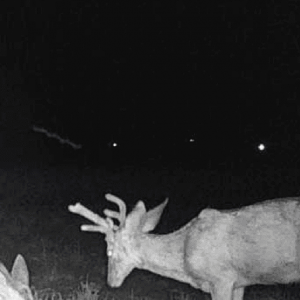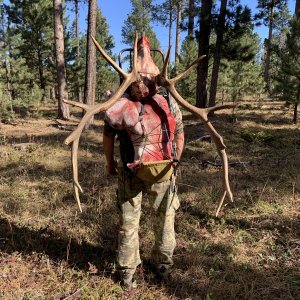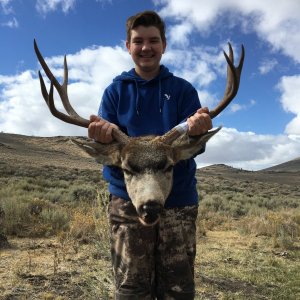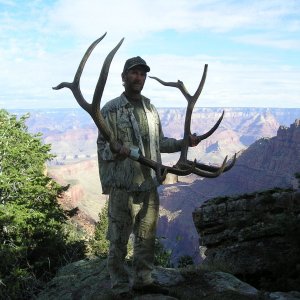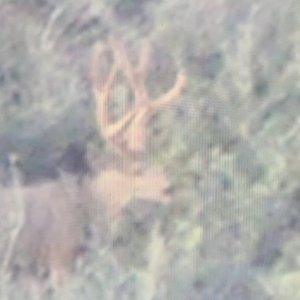2lumpy
Long Time Member
- Messages
- 8,618
Sportsmen have been actively pushing the State Wildlife bureaucracy to increase the population of declining mule deer populations since their numbers began to decline in the mid 1980’s.
Some sportsmen have taken their frustrations and requests for research to the highest levels of government, requesting the government fund research institutions at our State funded Research Universities.
Foolish catch phases, such as “bucks don’t have fawns”…… “we need to cull the old and barren does from the population”…….. “too many bucks in a herd, cause the does and fawns to starve…… But never any long term research projects at Biologloical/Zoological Life Science Departments at any Western States Universities, like there are in the Southern States, for Whitetail deer studies.
Until the last 6 or 8 years the bureaucracy has insisted there was nothing wrong, it was all “the sky is falling paranoia”, it was all “weather” related, either drought or snow packed winters, etc etc etc…….. but always beyond human control.
Bottomline was, the over all, 40 year decline has continued. Natural environmental changes have not solve the problem, as the Bureaucrats have insisted it would.
It’s interesting that this news article points out the current study has been funded by non-profits. No mention of State or Federal tax dollars being used. Now……… I’m not naive enough to think there hasn’t been some tax funds spent but the impetus here is the bureaucracy is not the driving force behind finding a solution to decline/struggling mule deer populations in the West.
Whether, the summer range habitat environment is the lynch pin to mule deer survival or not, or whether it’s even one of many key contributing factors remains to be seen, but it clearly points out there is a great deal we don’t know about mule deer management and the need for more and better government funding for a nation wide problem with our mule deer populations.
I hope the next generation of hunters and bureaucrats will finally get focused on getting mule deer research science developed at these research based Universities and give this natural resource the time and money it needs and deserves.

 www.ksl.com
www.ksl.com
Some sportsmen have taken their frustrations and requests for research to the highest levels of government, requesting the government fund research institutions at our State funded Research Universities.
Foolish catch phases, such as “bucks don’t have fawns”…… “we need to cull the old and barren does from the population”…….. “too many bucks in a herd, cause the does and fawns to starve…… But never any long term research projects at Biologloical/Zoological Life Science Departments at any Western States Universities, like there are in the Southern States, for Whitetail deer studies.
Until the last 6 or 8 years the bureaucracy has insisted there was nothing wrong, it was all “the sky is falling paranoia”, it was all “weather” related, either drought or snow packed winters, etc etc etc…….. but always beyond human control.
Bottomline was, the over all, 40 year decline has continued. Natural environmental changes have not solve the problem, as the Bureaucrats have insisted it would.
It’s interesting that this news article points out the current study has been funded by non-profits. No mention of State or Federal tax dollars being used. Now……… I’m not naive enough to think there hasn’t been some tax funds spent but the impetus here is the bureaucracy is not the driving force behind finding a solution to decline/struggling mule deer populations in the West.
Whether, the summer range habitat environment is the lynch pin to mule deer survival or not, or whether it’s even one of many key contributing factors remains to be seen, but it clearly points out there is a great deal we don’t know about mule deer management and the need for more and better government funding for a nation wide problem with our mule deer populations.
I hope the next generation of hunters and bureaucrats will finally get focused on getting mule deer research science developed at these research based Universities and give this natural resource the time and money it needs and deserves.

The missing link in Utah deer habitat: Saving forests without fire
Active management to improve deer habitat is a complex and little understood process.
 www.ksl.com
www.ksl.com

